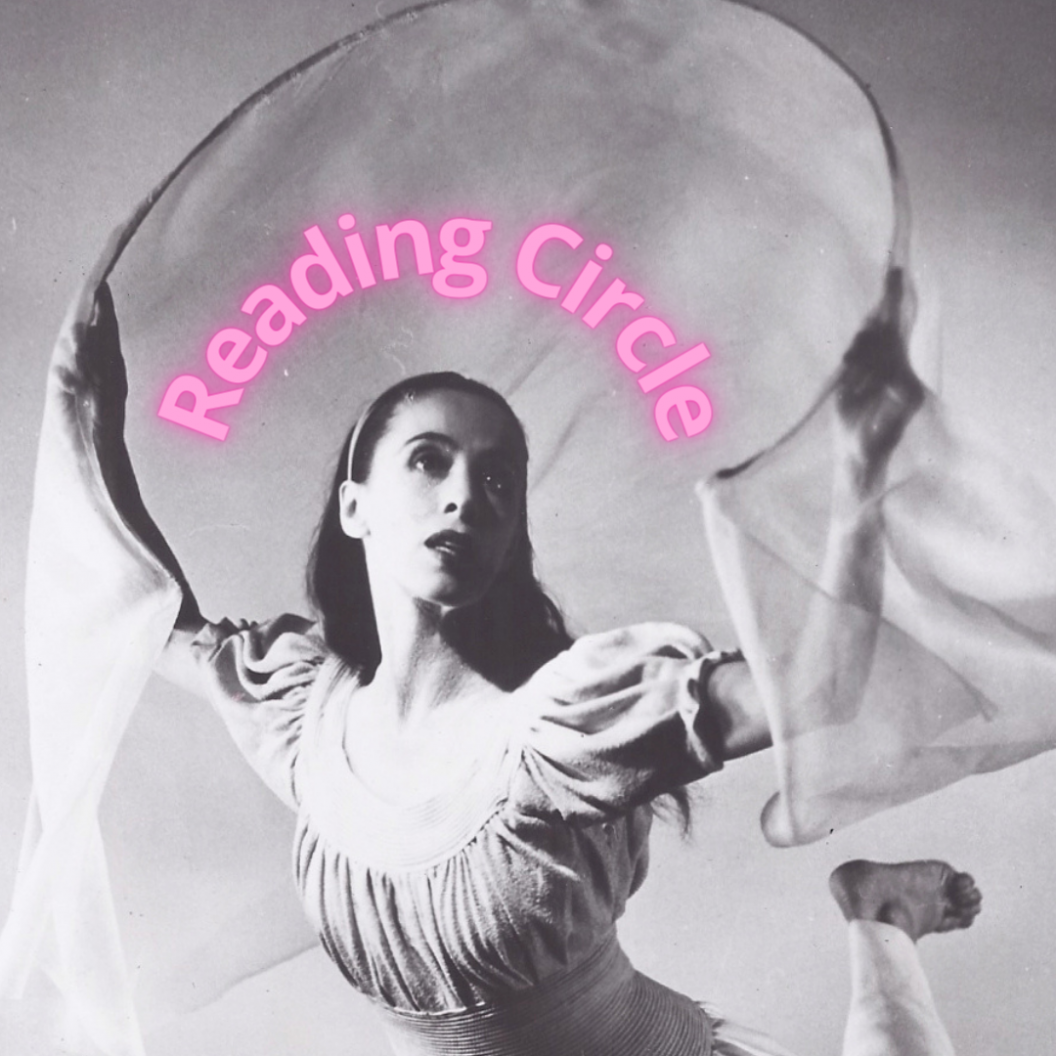April 25 to June 20, 2023
Free
Open to all
Tuesday: 5:30-7:30 pm
in Studio 303 office (#305)
Dates : April 25, May 9, May 23, June 6 and June 20
***To subscribe to the mailing list and receive the reading list, send an email to sebastiankann@gmail.com
We want to propose one specific relationship between theory and practice in dance dramaturgy, in which a practice of reading theory enables dramaturgical intuition. As a loose collective, we’ll be meeting every two weeks to practice reading together—not necessarily about dramaturgy, but in order to build the analytical muscle that dramaturgy requires. Sebastian Kann, Diego Gil and Claire Pearl will guide the practice. Together, we’ll think through some of the most pressing and exciting issues for dance dramaturgy today, focussing especially on contemporary critical theory and process philosophy. Readings will be sent up to two weeks in advance, and we will be reading select passages out loud during the meetings. No specific theoretical background is required to participate.
Sebastian Kann is a dance-maker and dramaturge with a background in circus (ENC). In his practice, he’s busy with things like improvisation, style, attention, writing, value and media, and especially the way all those things circulate, shifting in their meanings as they do so. During his MA at Utrecht University, he looked at the words contemporary dancers use to speak about improvisation in order to parse out what dance improvisation tends to disallow, exclude, or make unsayable. Since 2021, he’s based here in Tiohtià:ke / Montréal.
Diego Gil is an independent choreographer, performer, and philosopher that studied in Amsterdam at the School for New Dance Development (BA), Das Choreography (MA) and holds a Ph.D. at the Humanities program of Concordia University. He is interested in the potential of somatic practising and process philosophy thinking to shape choreographic dimensions of experience in which degrees of infra and trans subjective feelings can be produced. This choreographic gesture is a speculative-pragmatic exploration of what spaces for research-creation, specific to the performing arts, can become.
Claire Pearl is a contemporary dance creator and performer from Tiohtiá:ke/ Mooniyang/ Montreal. She is fascinated by the transformative effects of imagination and language in the creation of new scenic worlds. Attracted to the diverse experiences of the “real”, she finds answers in the raw, in the flesh and, above all, in the friction. Claire is a graduate in choreography from the Salzburg Experimental Academy of Dance (SEAD) as well as from the Université du Québec à Montréal (UQÀM) where she obtained a BFA in dance and choreography.

